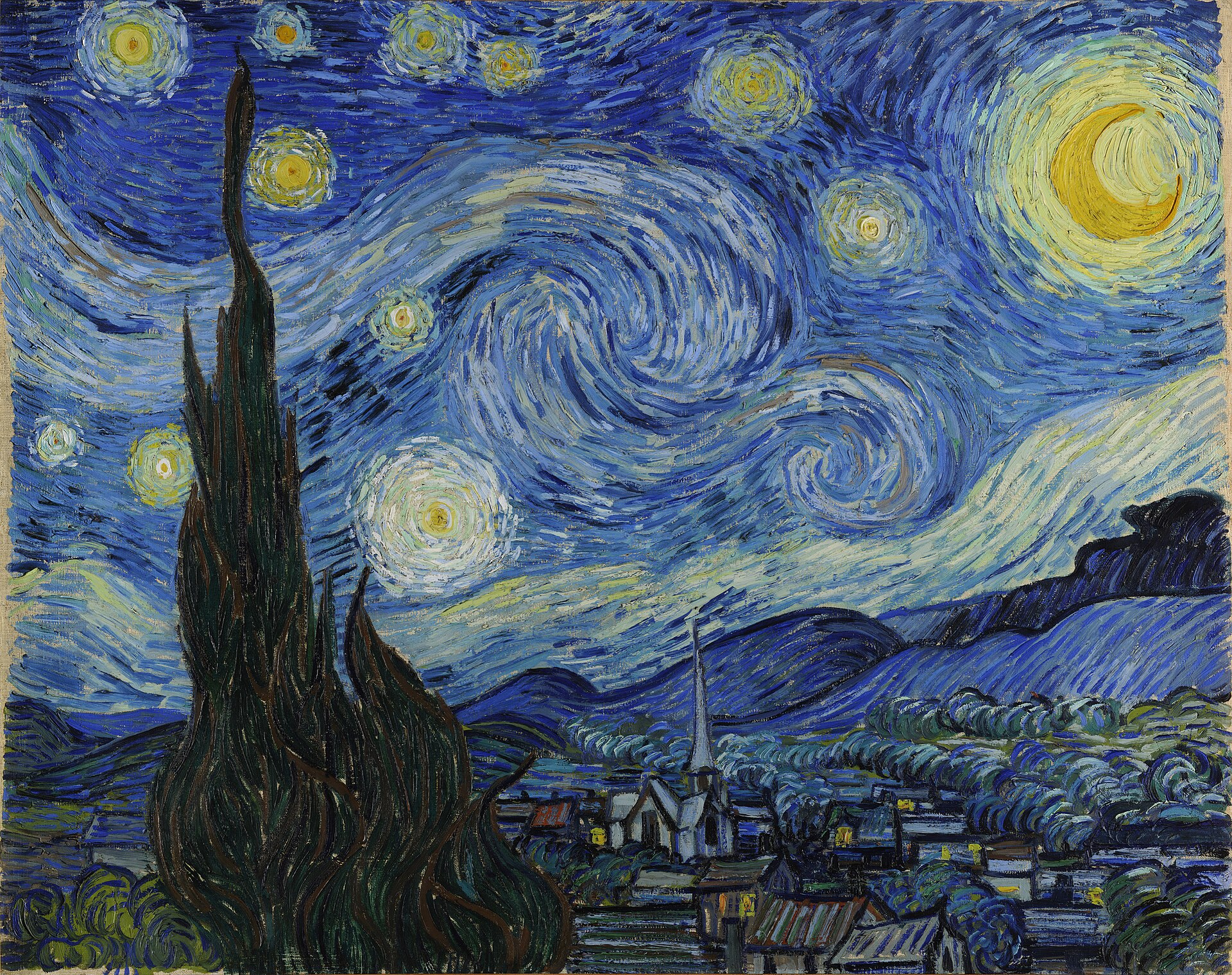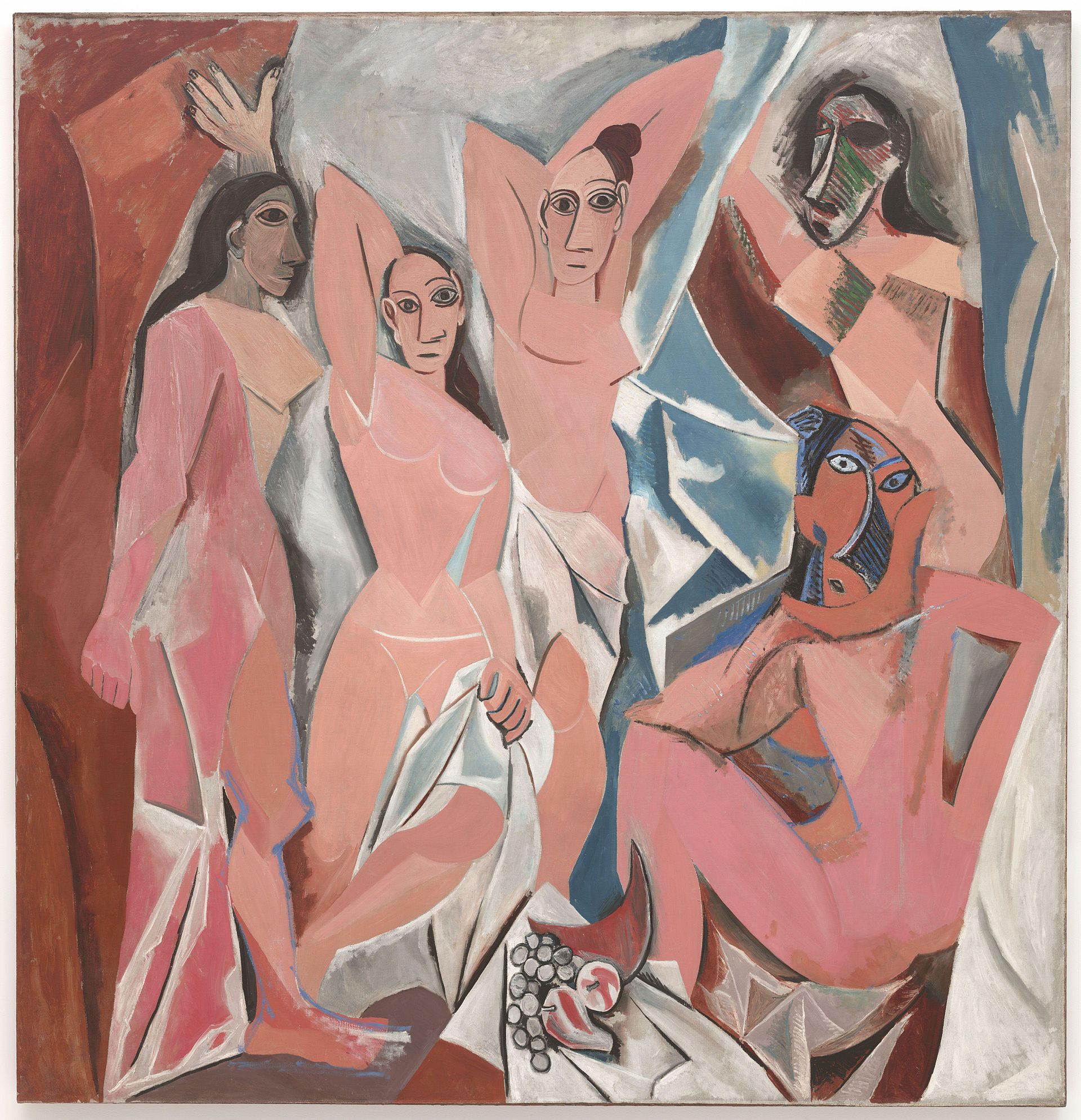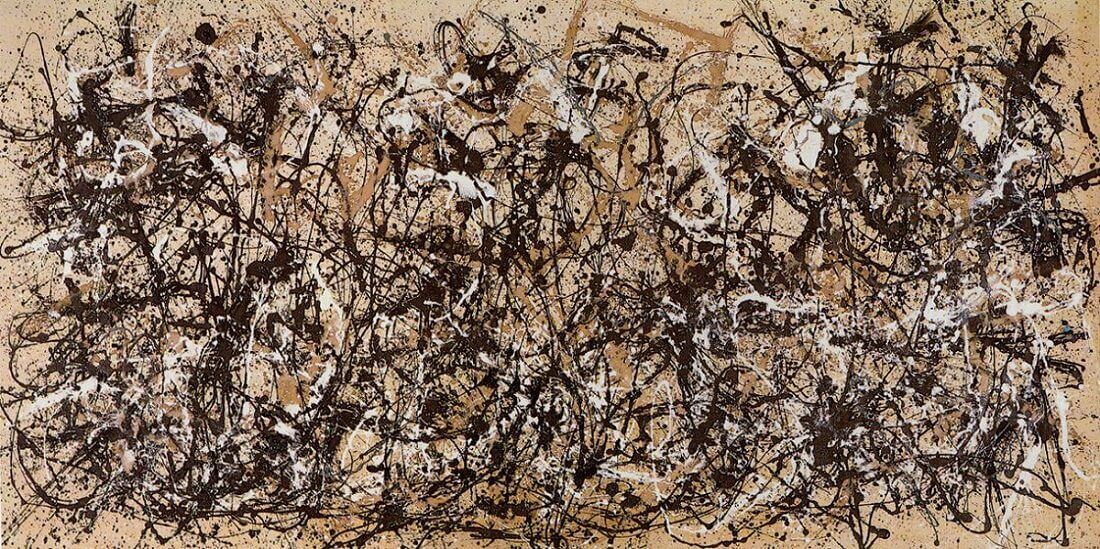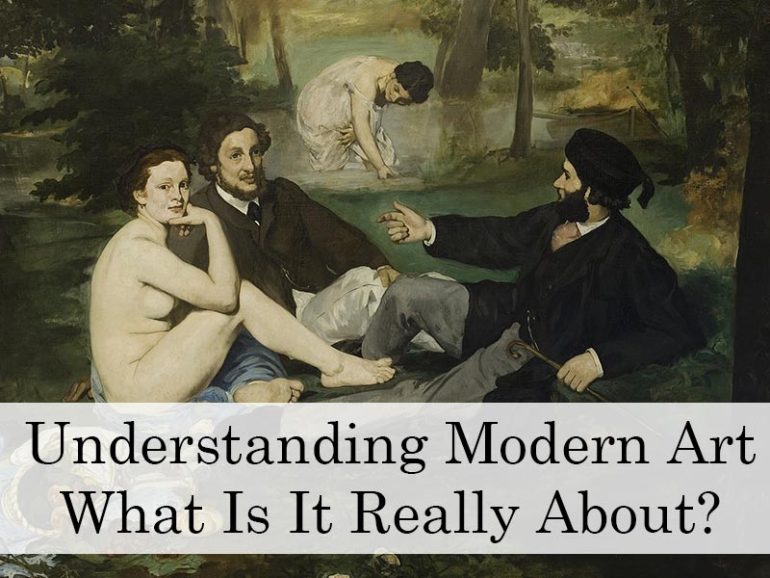Modern art is a term that often sparks curiosity and confusion in equal measure. With its bold departures from traditional styles and its embrace of experimentation, modern art challenges viewers to think beyond the familiar. Emerging in the late 19th century, it represents a radical shift in how artists approached their craft, focusing on self-expression, abstraction, and new ways of seeing the world.
What Is Modern Art?
Modern art refers to a period of artistic innovation roughly spanning the 1860s to the 1970s. During this time, artists sought to break free from the constraints of traditional techniques and subject matter. It was a response to a rapidly changing world, shaped by industrialisation, urbanisation, and new scientific discoveries. Key characteristics of modern art include:
- Rejection of Tradition: Moving away from historical, religious, or mythological themes.
- Focus on Individual Expression: Artists explored personal emotions, perspectives, and ideas.
- Experimentation: Embracing new materials, techniques, and mediums.
- Abstract and Conceptual Approaches: Representing ideas or emotions rather than realistic depictions.
Modern art challenged viewers to engage with art in new ways, encouraging them to interpret and question rather than simply admire. Here are five iconic examples that illustrate the diversity and innovation of modern art.
1. Édouard Manet – Le Déjeuner sur l’herbe (1863)
Manet’s bold depiction of a picnic featuring a nude woman among clothed men was highly controversial at the time. This painting broke with academic traditions, paving the way for Impressionism and the modern art movement.

2. Vincent van Gogh – Starry Night (1889)
This swirling, emotional depiction of a night sky demonstrates van Gogh’s unique style and his ability to convey powerful emotions through colour and brushwork. Starry Night exemplifies the shift from realism to expressionism.

3. Pablo Picasso – Les Demoiselles d’Avignon (1907)
Considered a revolutionary work, Picasso’s Les Demoiselles d’Avignon introduced Cubism by deconstructing forms into geometric shapes. The painting challenges traditional perspectives and represents a major turning point in modern art.

4. Marcel Duchamp – Fountain (1917)
Duchamp’s Fountain, a signed porcelain urinal, redefined the concept of art. By presenting a ready-made object as art, Duchamp challenged viewers to consider the role of context, intention, and interpretation in defining art.

5. Jackson Pollock – Autumn Rhythm (Number 30) (1950)
Pollock’s drip paintings are iconic examples of Abstract Expressionism. In Autumn Rhythm, his dynamic, spontaneous technique captures movement and energy, pushing the boundaries of what art could be.

Why Did Modern Art Emerge?
- Technological Advancements: The invention of photography freed artists from the need to replicate reality, encouraging them to explore abstraction and experimentation.
- Industrialisation and Urbanisation: The rapid changes of modern life inspired new ways of seeing and representing the world.
- Philosophical Shifts: Movements like existentialism and psychoanalysis influenced artists to delve into the human experience.
- Freedom of Expression: Modern art allowed artists to prioritise their individuality and creative vision over tradition or patronage.
Why Does Modern Art Matter?
- A New Perspective: Modern art challenges viewers to think critically and engage emotionally, encouraging diverse interpretations.
- Freedom and Innovation: It paved the way for contemporary art, where boundaries between mediums, styles, and ideas continue to blur.
- Reflection of Change: Modern art reflects the upheavals and transformations of its time, offering insights into history and human nature.
Further Reading
- The Tate – What Is Modern Art?
- The Museum of Modern Art (MoMA) – Introduction to Modern Art
- The Art Story – Modern Art Movements
- Khan Academy – Modern and Contemporary Art
Modern art asks us to look beyond the surface, to embrace ambiguity and find meaning in unexpected places. Whether through the bold brushstrokes of van Gogh or the geometric innovations of Picasso, it challenges us to see the world—and ourselves—differently. For budding artists, modern art serves as a reminder that creativity has no limits.
If you would like to receive a roundup of all of our blog posts once a week to keep you inspired in your inbox, why not sign up to our newsletter. You can access our sign up at the top of our page. If you are a London Art College student and you would like your artwork featured here, drop us a line at any time.

